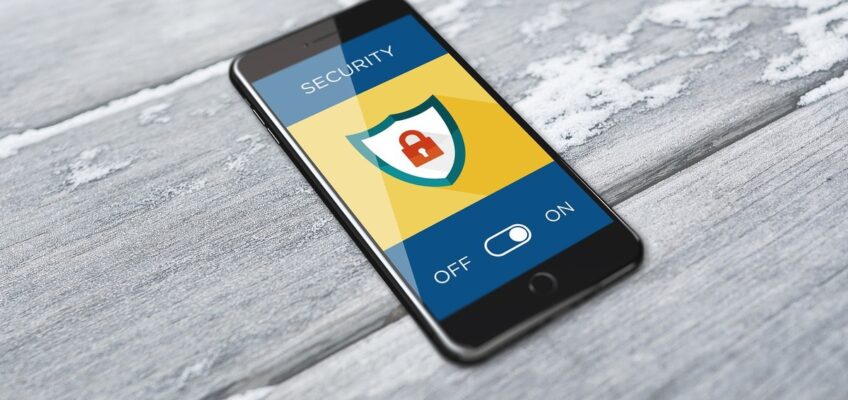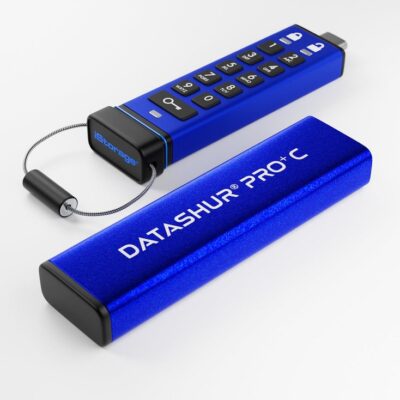Adam Case, Technical Director at technologywithin
Over the past 18 months, Covid-19 has placed new pressures on businesses’ demands from their office, prompting tech to rise to the challenge. In the UK in particular, CBRE estimates that ongoing office demand will be 9% lower than it otherwise would have been, creating a more saturated market in which commercial real estate assets must work harder to remain profitable investments.
Over the past 18 months, Covid-19 has placed new pressures on businesses’ demands from their office, prompting tech to rise to the challenge @techwithin Click To TweetUltimately, these buildings will need to evolve. Even prior to the pandemic, almost three-quarters (72%) of tenants said that poorly connected offices will soon become obsolete. But, now, it is not just about connectivity. In the wake of the pandemic, to deliver truly future-proof assets, a full suite of smart building technology is becoming increasingly important.
Healthy and sustainable buildings
The health of the office environment is under scrutiny, with the pandemic exposing the potential infection risks of all high-density environments – workplaces included. Cleaning measures and facilities management can go some way towards addressing this, but technology also has a crucial role to play.
From contactless interfaces at high touchpoints, such as lift buttons and door handles, to capacity monitoring and Internet of Things (IoT), tech is making movement through offices buildings safer, but also providing opportunities for extensive feedback and reporting. Ultimately, these are long-term technology upgrades that put hygiene and responsiveness at the heart of a building.
From contactless interfaces at high touchpoints, such as lift buttons and door handles, to capacity monitoring and Internet of Things (IoT), tech is making movement through offices buildings safer @techwithin Click To TweetFor example, IoT technology can be used to track peak periods and locations for occupancy – giving businesses and property owners feedback on elements as diverse as movement flow through an office, to areas and times for peak consumption. Not only does this make offices safer in terms of physical health, it can go a long way towards greening CRE assets at a time when sustainability is also topping the agenda.
With COP26 firmly on the horizon, businesses are looking for offices that can offer sustainability as default, rather than just an added amenity. Investors are, equally, taking note. In April this year, Invesco in the US launched an exchange-traded fund for green buildings, while a further green real estate fund launched by Foresight last year provided double-digit returns
With COP26 firmly on the horizon, businesses are looking for offices that can offer sustainability as default, rather than just an added amenity. Investors are, equally, taking note @techwithin Click To TweetFrom cyber risks to building security
The cybercrime risks of homeworking have been well documented during the pandemic. As the economy becomes increasingly digital, the ability to manage cyber threats effectively is only becoming more important to protect sensitive information including employees’ personal information, corporate data, customer information, intellectual property and key infrastructure.
But this also has a real business impact. While 90% of respondents to a recent Deloitte survey said they were still able to work efficiently from home despite additional security controls, one in 10 reported becoming less productive as a result. Specific problems cited in the report include access to data, a poor VPN connection, and limited access to software tools that staff had been using for years privately – all of which must be recognised and addressed to make secure home working a long-term reality.
As the economy becomes increasingly digital, the ability to manage cyber threats effectively is only becoming more important to protect sensitive information @techwithin Click To TweetHowever, as the economy reopens, security is not just about home networks. With 70% of workers wanting to work flexibly post-lockdown, hybrid working is clearly here to stay, leaving offices open to an ever-changing rotation of visitors and ad hoc workers.
As a result, we are seeing a new premium on building security. If businesses are working out of flexible, serviced office space or even hired meeting rooms, where they are rarely the sole tenant on a floor, a traditional key copied for all employees just isn’t going to offer sufficient security on internal doors. Businesses are instead turning to more complex, app-enabled security systems that offer peace of mind.

At technologywithin, this has become so important to clients we work with that we now offer this alongside our traditional connectivity services and products. As employees, visitors, and fellow occupants come and go from a building, key-card or app-operated lift systems and network monitoring software will be equally important – protecting businesses against both in-person and cyber security risks.
As employees, visitors, and fellow occupants come and go from a building, key-card or app-operated lift systems and network monitoring software will be equally important @techwithin Click To TweetBut what does this mean for buildings?
With a new age of hybrid working showing no signs of retreat, the growing appetite and need for building security and safety is only gaining traction. By investing in smart building tech and secure connectivity, landlords and property owners can get ahead of the curve – anticipating and meeting this demand in a more saturated CRE market.









